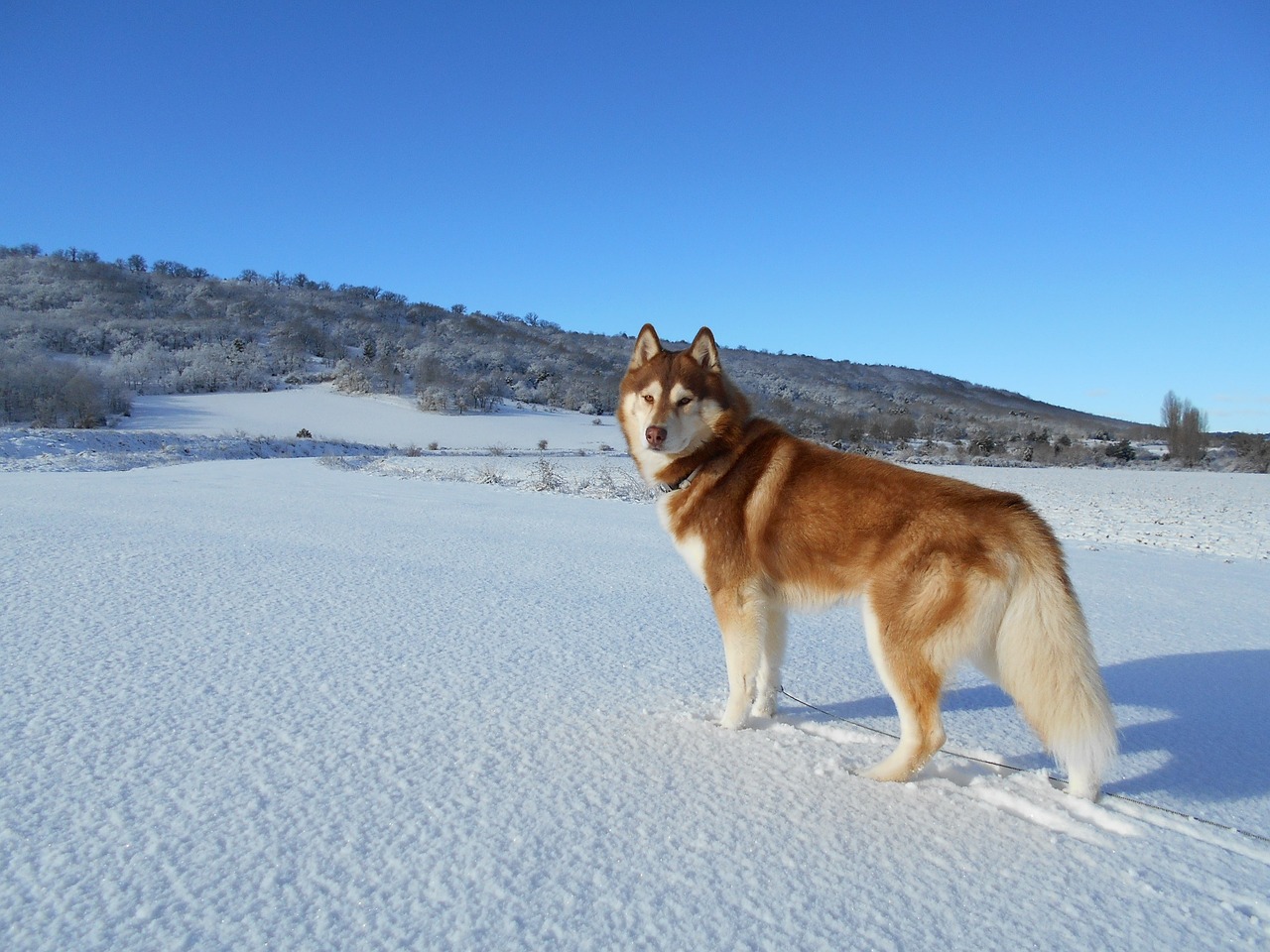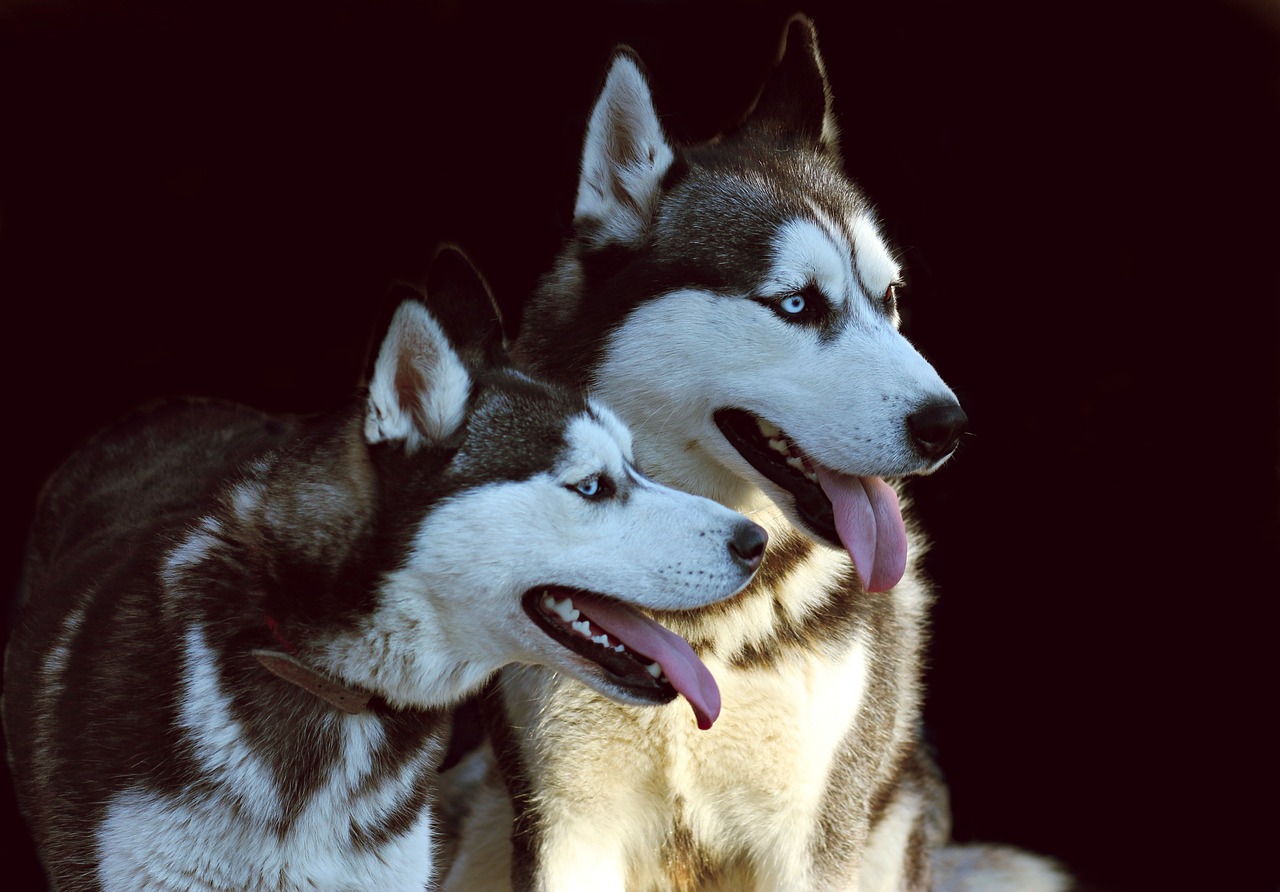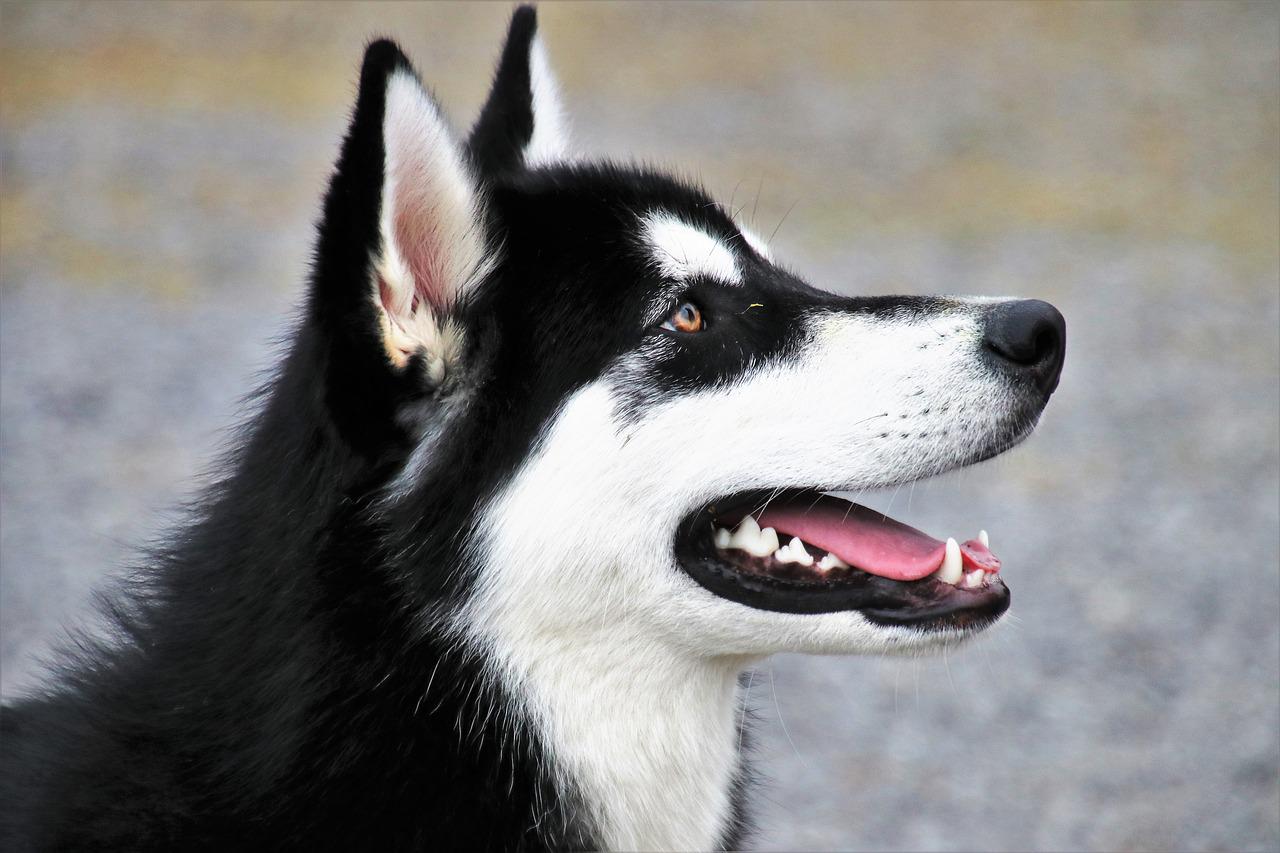The Alaskan klee kai was originally bred as a companion dog. In contrast, the Siberian husky was bred for working purposes. While the husky has achieved some breed status in the United States, it has not yet received official recognition from the American Kennel Club. Here we’ll compare the characteristics of both breeds, focusing on size, appearance, and personality.
Pomsky
The origin of the Pomsky vs Alaskan kee kai is unclear, but this breed has traits of the Siberian Husky, Alaskan Klee Kai, and Pomeranian. The breed is considered friendly and intelligent, and is great with children. Like their larger counterparts, both are active. Pomeranian and Alaskan kee kai puppies need regular grooming.
Alaskan klee kai
If you’re considering adopting an Alaskan Klee Kai, you may be wondering whether they’re right for you. While they’re both very energetic, Alaskan Klee Kais are not as social as their Husky cousins. That said, both breeds get along with other dogs, and they’re great for playing together. However, if you’re looking for a family pet and don’t want to share your home with a husky, you might want to consider an Alaskan Klee Kai.
Siberian husky
The Siberian husky and Alaskan Klee Kai are excellent family dogs, but their temperaments can differ considerably. While these two dogs are generally healthy, they do suffer from certain genetic problems. These include liver disease, factor VII deficiency, and pyometra. Both types of dogs also have issues with the heart and thyroid glands. While these problems are relatively rare, they are worth knowing about and should be taken into consideration before purchasing an Alaskan Klee Kai.
Alaskan husky
When it comes to comparing the two largest dog breeds, the Alaskan Klee Kai and Husky have a lot in common. Both dogs are highly intelligent, high-energy dogs with excellent watchdog instincts. Unlike their Husky forebears, however, the Alaskan Klee Kai has a milder temperament, making it an excellent companion dog. However, while this breed isn’t hyperactive or people-friendly, they do require a great deal of attention from their owners and are often reluctant to trust strangers.
Colors of Alaskan klee kai
The Alaskan Klee Kai is a relatively new breed, developed by Linda Spurlin in the 1970s. This small breed resembles pint-sized sled dogs, and is the result of a cross between two types of huskies. Spurlin originally used Alaskan Huskies and Siberian Huskies, but later crossed them with an American Eskimo Dog and a small Belgian breed called Schipperke. Today, this type of dog is only available through UKC-registered breeders.
Differences between Alaskan klee kai and husky
The differences between the Alaskan Klee Kai and a husky include the size and temperament. The Alaskan Klee Kai is a small, active dog with medium-length wiry fur. Although similar to the husky in appearance and temperament, the klee kai is not a working dog. Instead, they are devoted family dogs that love attention. The breed is also highly trainable and is very loyal to its owners.
Smartness of Alaskan klee kai
There are several differences between an Alaskan Klee Kai and a Husky. Both are intelligent, high-activity dogs, but one breed has a bit more stubborn streak. Klee Kais are obedient and do not bark excessively, but can be “chatty” and “talk back” to their owners. While the husky is more aggressive, the Klee Kai is not. Like Husky, klee kais are highly trainable, but they do have a tendency to be people-shy. However, despite these characteristics, the Alaskan Klee Kai breed is still considered one of the smartest dogs in the world.
Stubbornness of Alaskan klee kai
While the stubbornness of an adult Alaskan Klee Kai can be frustrating, it is not an absolute. Typically, a stubborn Alaskan Klee Kai is a sign that obedience or agility training is needed. Even if stubbornness is a sign of poor socialization, an Alaskan Klee Kai should be able to get along with other animals once they’ve been introduced to the breed.
Similar Posts:




Leave a Comment